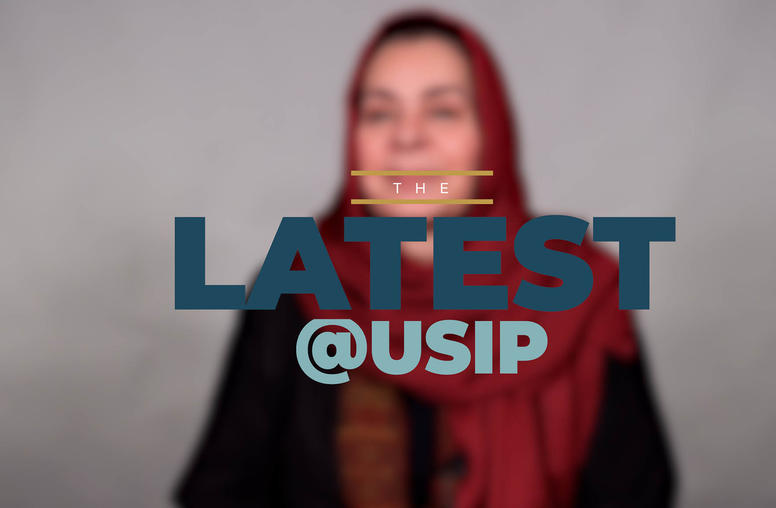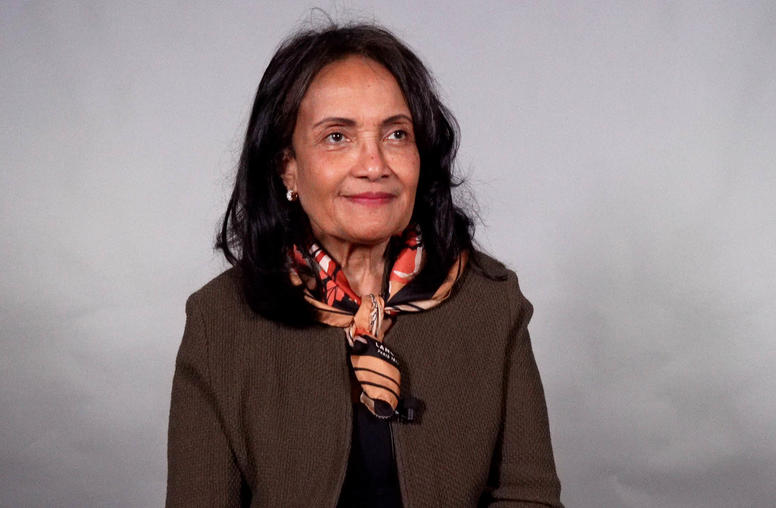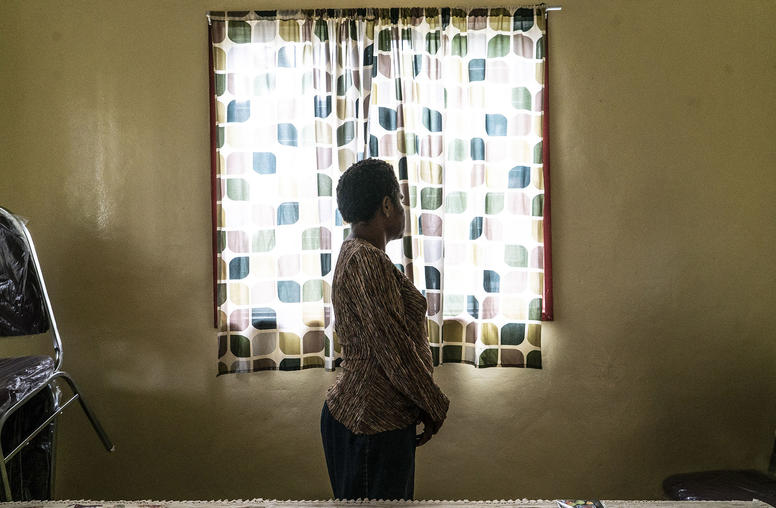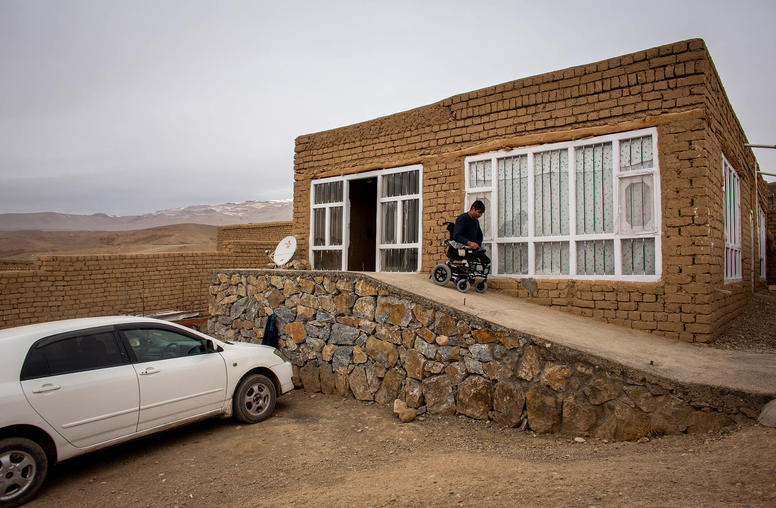Want Women at Peace Talks? Mandate It
With So Many Wars Dragging On, Negotiations Urgently Need New Energy
The evidence on ending violent conflict is clear: when women participate in negotiations it helps achieve peace. A study of 182 signed peace accords over two decades showed these accords were 35 percent more likely to last at least 15 years when women were involved. Yet 17 years after the United Nations first called for including women in all peace talks globally, women remain sidelined. The lack of structural incentives for change is the key—until we get the incentives right, exclusion will rule.
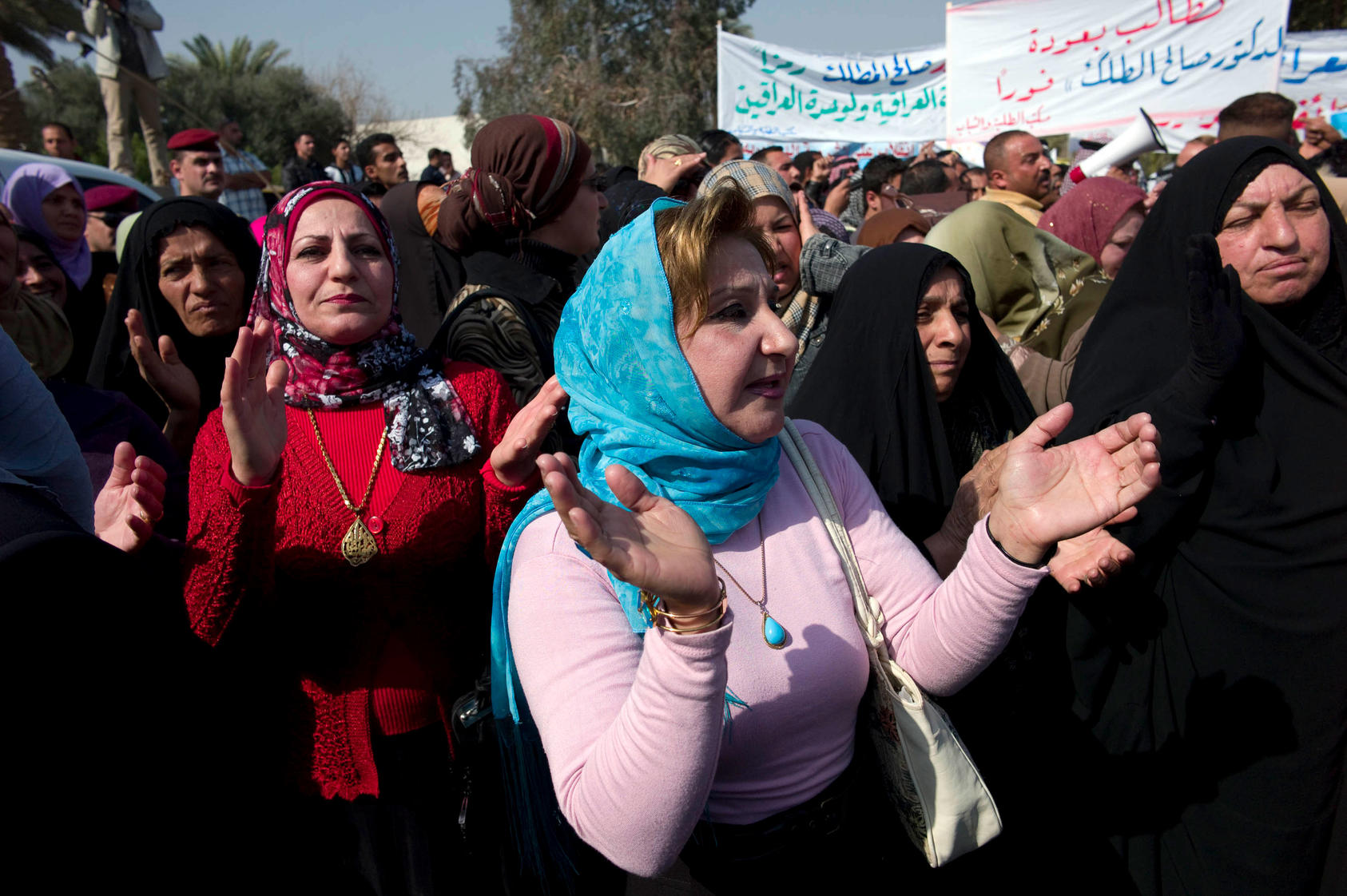
U.N. Security Council Resolution 1325 on women, peace and security passed on Oct. 31, 2000, calling for the protection of women and girls in conflict zones and for their inclusion in discussions of peace and security issues worldwide. Since then, myriad supporting resolutions also have been approved. Just weeks ago, the U.S. Congress adopted a law to apply the provisions in American policy. In the meantime, the evidence for why inclusion is an imperative has only grown stronger.
Yet, women continue to be shut out of peace talks. Between 1992 and 2011, women comprised 9 percent of negotiators, 4 percent of witnesses and signatories to accords, and 2 percent of peace mediators. Those are astonishingly small percentages given the evidence, numerous international declarations, and the fact that women make up more than 50 percent of the world’s population.
Having advocated for inclusive peace negotiations for over a decade, I’ve heard the same explanations for exclusionary negotiations many times. “We’re just trying to get the parties to negotiate; we can’t jeopardize the process by dictating the composition of negotiating teams.” Or: “It’s a very delicate stage of negotiations and secrecy is paramount; we can’t bring others into the conversation.” Or: “We will get to issues of civilian security, inclusion and the broader population later.” I’ve heard the same answers from mediators who don’t think it matters and from mediators who support inclusion theoretically and rhetorically. What they don’t seem to understand is that their refusal to revisit assumptions about secrecy and exclusivity may actually contribute to the failure of talks.
Evidence vs. Practice
The obvious disconnect between the evidence and any meaningful change is particularly problematic as we seek to end conflicts that have been destroying lives and communities for years. Women, local community members, and civil society leaders can infuse stagnant negotiations with new perspectives, engage and invest the local population in talks and ensure negotiations reflect realities on the ground.
After decades of advocacy and few changes in practice, it is clear that the only way to achieve the crucial changes needed is to introduce incentives to promote inclusion.
Today, no one incurs a cost if male combatants are the only ones at negotiating tables. Mediators are given wide berth to design their negotiating processes. If they use a traditional structure, failure is most likely to be blamed on the negotiating parties’ lack of commitment to the process. If mediators set up or manage their negotiations in ways that differ from those of their predecessors and talks fail, they risk being blamed for taking too many chances or relying on exotic approaches.
Similarly, negotiators usually have little incentive to seek out women for their teams; parties to conflict get a limited number of seats at the negotiating table, and lead negotiators usually will strive to satisfy political, ethnic or geographic constituencies, particularly favoring stakeholders with guns.
Lessons from Northern Ireland, Guatemala, Colombia
If performance were judged by the range and quality of stakeholders in talks, mediators would quickly enable broader conversations. If creative problem-solving was rewarded and lauded, mediators would look for creative approaches, perhaps drawing from successful negotiations like those of Northern Ireland, Guatemala and Colombia. Each of those talks creatively brought in a wide range of voices. Similarly, if invitations to talks offered more seats at the negotiating table for women, delegations would immediately begin to bring larger delegations that include women.
Incentives and mandates have already been used with some success for peacekeeping missions. When U.N. resolutions establishing these missions have incorporated in their enforceable mandates references to Security Council Resolutions on women, peace and security and related issues, funding, programming and attention to these related have increased. We need similar incentives to alter the composition of negotiations.
About a decade ago, in one of the oddest encounters of my career, I met with the leader of an African armed insurgent group in the cramped guestroom of a home during a funeral luncheon. He was about to head off to peace talks and had included two women among his negotiators. When I asked why he brought women along, he said, “It seems that women’s inclusion is what is expected in the civilized world.” I decided not to disabuse him of that notion, even though I knew it wasn’t true. It still isn’t.
There are those who rightly argue that the fundamental right of women to participate in talks should be enough to force a change in practice. Others say that compelling data should be sufficient to alter behavior. I agree. But, in light of marginal progress, more needs to be done. Fix the structural incentives and we’ll finally ensure women’s rightful place in discussions about peace and conflict worldwide. We’ll also get stronger accords resulting in more durable peace.
